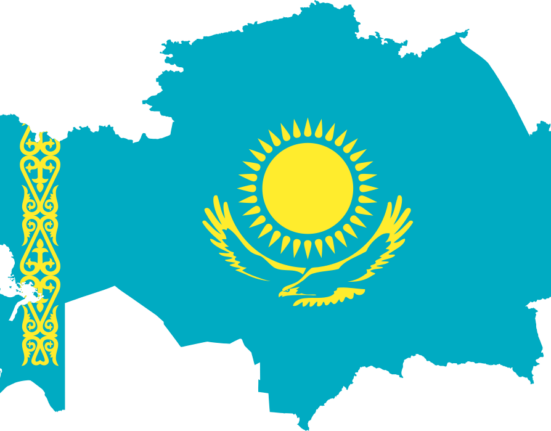Both international analysts and Kyrgyz government officials warn that the continued GDP growth in Kyrgyzstan could be a sign that the economy is overheating. This is evident from the advanced growth in real incomes, rising inflation, labor shortages, and decreasing exports.
According to the Eurasian Fund for Stabilization and Development’s (EFSD) “Regional Economic Outlook. Summer 2025,” in the first quarter of 2025, Kyrgyzstan’s economy grew by 13.1%, mainly due to significant growth in the housing construction. Increases in gold output (+3.4%, about 60% of manufacturing output) and food production (+71%) drove manufacturing growth of 16% compared with 4.7% a year earlier.
The EFSD revised the country’s economic growth forecast for 2025 upwards from 5.9% to 8.1%.
However, EFSD analysts warn this growth may contain certain risks for the Kyrgyz economy. Inflation risks are growing. Hikes in electricity tariffs create persistent inflationary pressure. If food prices increase more quickly than expected, the annual inflation rate is likely to overshoot the upper limit of the target interval.
The EFSD points to risks associated with state budget financing of large-scale programs of additional capitalization of state-owned companies in the energy, banking, and construction sectors, as well as infrastructure mega projects such as the construction of the Kambarata-1 hydropower plant and China-Kyrgyzstan-Uzbekistan railway.
A new long-term risk to the budget is the $700 million Eurobond issued in May 2025. Servicing it will require about 1% of the annual revenues from the national budget, and repaying it in 2030 will take 12% of revenues, according to the EFSD report.
The EFSD highlights risks related to remittances. According to the legislation of the Russian Federation, all labor migrants who have not legalized their stay in Russia by 10 September 2025 will have to leave the country. Problems with the legalization of around 70,000 migrant workers from Kyrgyzstan could result in a fall in remittances of 2% of GDP, put increased pressure on the labor market, and reduce the living standards of the population.
Kyrgyzstan’s First Deputy Minister of Economy and Commerce, Choro Seyitov agrees that despite the continued high GDP growth and the rapid development of all sectors (industry +9.8%, services +10%, construction +42.5%, agriculture +3.8%), signs of overheating and structural imbalance are accumulating in the Kyrgyz economy, which require timely attention and the adoption of appropriate measures.
At a meeting at the Ministry of Economy and Commerce on July 31, Seyitov noted that Kyrgyzstan is in a phase of rapid economic growth. The priority is not just the quantitative growth of GDP, but its quality reflected in the ability of the economy to create productive jobs, form a stable middle class, and reduce the vulnerability of the population.
The imbalance between the growth of household incomes and labor productivity is increasing, and a significant increase in additional state budget expenditures remains. Against this background, inflationary pressure is mounting — in the first half of 2025, inflation reached 7.3% in annual terms, with food products making the largest contribution.
The meeting paid particular attention to labor shortages, as well as excessive growth in consumer lending which exceeds the rate of economic expansion.
Another negative factor is a sharp decline in Kyrgyzstan’s foreign trade in January-May 2025, with exports decreasing by 27.2%, amounting to $0.8 billion, and imports decreasing by 11.7%, amounting to $4.9 billion. This increases pressure on the foreign exchange market and creates risks for the stability of the country’s balance of payments.
Seyitov emphasized the importance of a comprehensive and coordinated policy aimed at ensuring the sustainability of economic growth and improving its quality.




